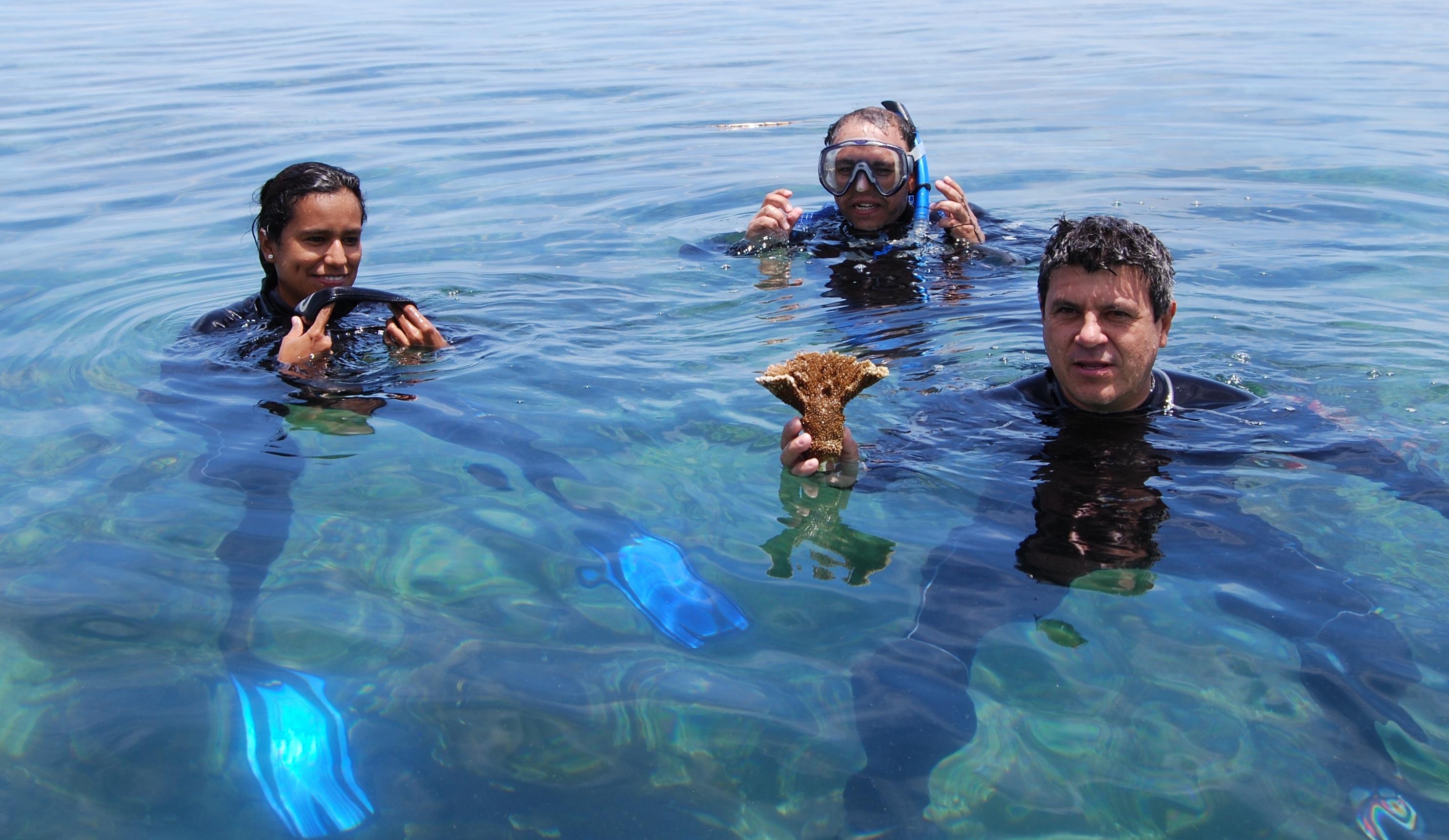
Can Coral Nurseries Bring Reefs Back from the Brink?
for Scientific AmericanThe wind tosses Gaby Nava’s hair as the small fishing boat skims across the glassywater just off the port of Veracruz, Mexico. She smiles at the shallow bay and the Gulf of Mexico sprawling across the horizon.
“We are very lucky today. Hardly any waves. Most of the time when we come out here it’s much more choppy,” the marine biologist shouts over the engine roar. “It’s better for Acropora palmata to be in moving waters.”
When people want to see flourishing coral reefs in Mexico, they usually head for the Yucatan Peninsula, with its giant reef systems and rich fauna. They rarely think of Veracruz, the bustling shipping town on the Gulf, due east of Mexico City. Caribbean reefs, however, are becoming hard to find as the region’s corals have nearly disappeared. And although Veracruz might not be a snorkeling mecca, its easily accessible reefs are the perfect place for a coral nursery.
A few kilometers into the Gulf, the boat slows as it nears a warning beacon above a massive reef that buffers the port from waves. Nava and her partners, coral specialist Miguel Roman Vives and chemist Miguel Angel-Garcia, slip on fins and masks, hop out of the boat, and kick over to a secluded spot just shy of the strongest waves, near the channel. Along the way they pass vast stretches of coral killed when the city dynamited a shipping channel after repeated ship groundings. The reefs still get hit yearly by ships, but far less than before.
» View a slide show of coral aquaculture.
Tucked between rocks and long-dead coral husks is a neat little grid of coffee-colored A. palmata, or elkhorn coral—a once-dominant species whose population plummeted in 30 years by 80 percent—growing in a bathroom-size square made of PVC tubing. The water is just a meter deep, so Nava stands up and points out several other grids, each with its own lines of corals. The corals were either collected from the many ship groundings in the area or broken off wild “seed” coral. Then they were placed on a plastic stand where they grow like tree clippings. In total, there are about 500 corals in the nursery here today, and another 3,000 that have been raised and returned to the wild on the nearby reef.
Estimates suggest that coral reefs, which cover just 2 percent of the ocean floor, support 25 percent of ocean life and feed over a billion people. In recent decades, however, coral has vanished alarmingly fast due to pollution, disease and climate change. Caribbean and Gulf waters have been hit especially hard with the extent of Caribbean corals declining 80 percent, faster than that of tropical rainforests.
Over the past few decades, a small international clan of scientists, alarmed by the sudden decline of corals, have created underwater nurseries aimed at “replanting” corals to buttress wild populations. At first the effort was called quixotic and impossible, given the scale of the problem and the difficulty in raising corals. But after many trials and a few errors, coral nurseries are arising as a bona fide weapon in the fight to preserve a crucial ocean ecosystem.